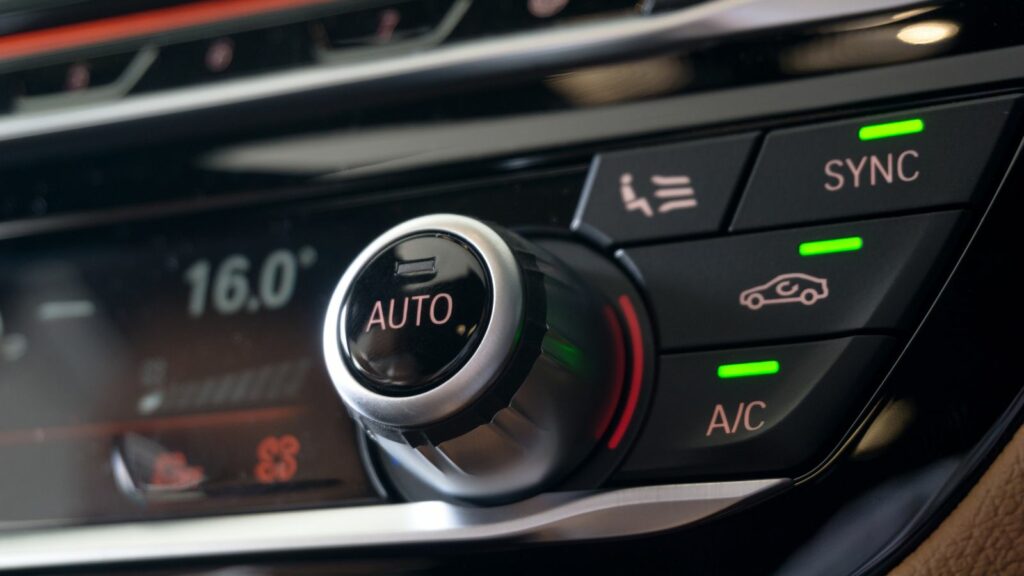Every modern car has that small button with a looping arrow, often overlooked and rarely explained in detail. It controls whether the climate system pulls in fresh air from outside or recirculates the air already inside the cabin. For many drivers it feels like an afterthought, but learning when to use this feature can transform comfort, protect your health, and even save you money at the pump. Here’s an expanded look at the best times to flip that switch and when to leave it off.
Stuck in Traffic
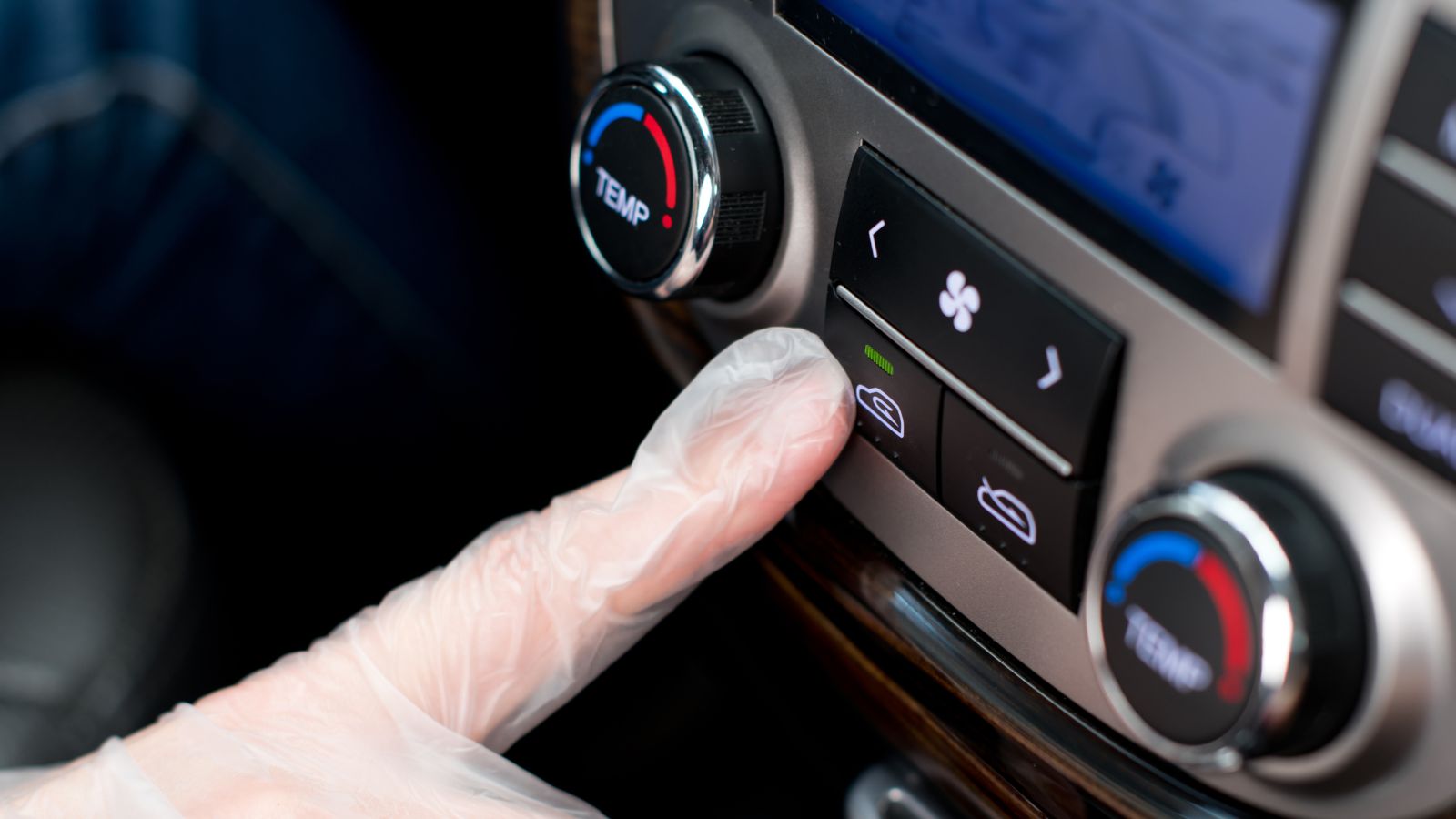
Heavy traffic often means being surrounded by exhaust fumes from dozens of vehicles. If your ventilation is set to fresh air, those fumes make their way directly inside, leaving the cabin stuffy and unpleasant. Switching to recirculation closes off most of the outside intake and helps the air filter inside the car do a better job. Over long stop and go commutes, this not only improves comfort but also reduces exposure to pollutants such as carbon monoxide and nitrogen dioxide, which are concentrated when vehicles idle together.
Driving Through Tunnels
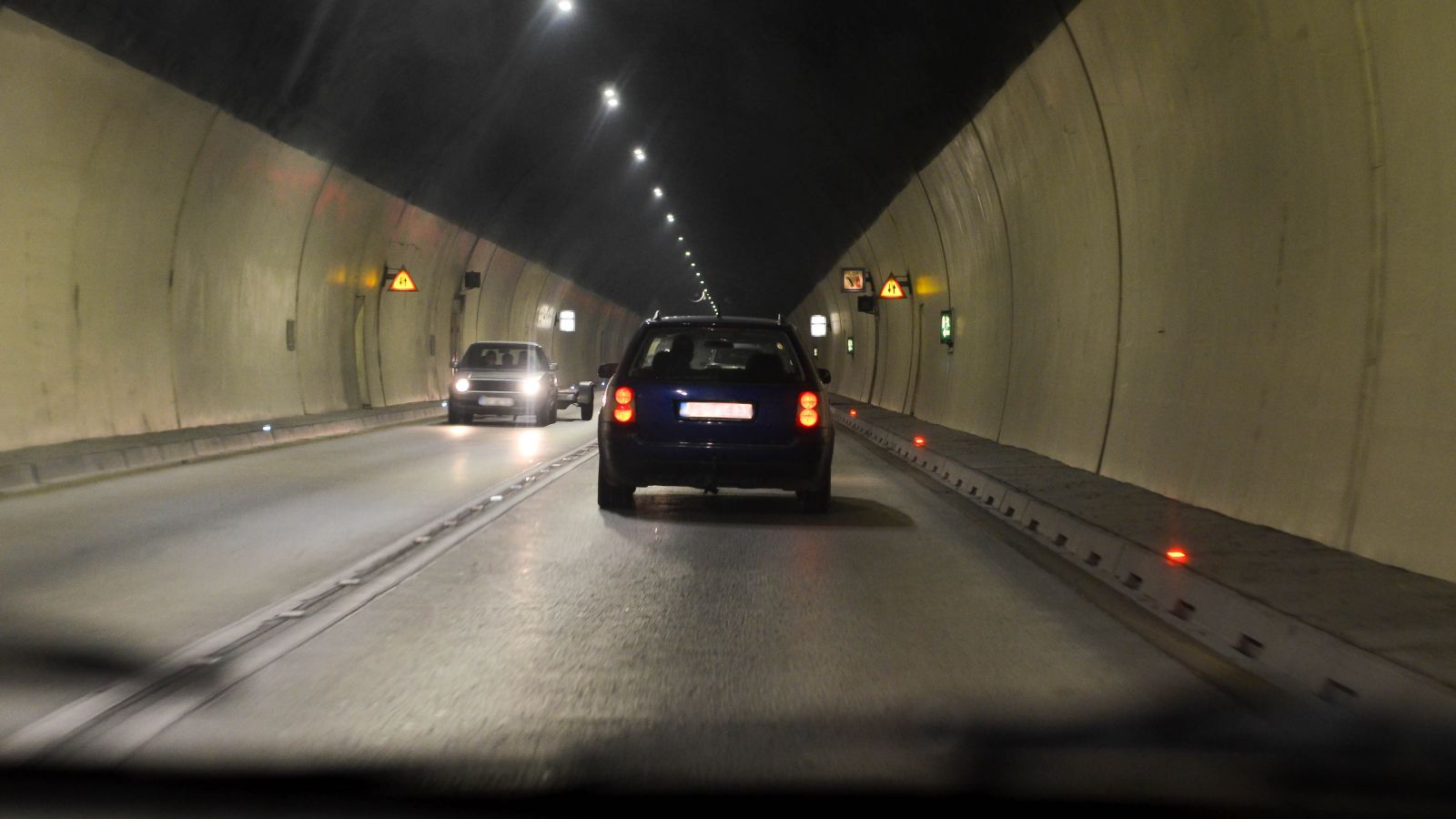
Tunnels are notorious for poor air circulation, trapping the exhaust of thousands of cars and trucks. If your car is set to bring in fresh air, you’ll notice the smell of fumes almost instantly. By using recirculation before you enter, you can keep most of that polluted air out of your cabin. In longer tunnels, where air can feel stale and dense, this switch is even more important, since breathing in dirty air for extended periods is both unpleasant and unhealthy.
During Hot Weather

Air conditioning systems work by cooling and dehumidifying whatever air they take in. If you constantly feed them hot outside air, the system has to work harder to cool it down, putting more strain on the compressor. By switching to recirculation, you let the AC keep re cooling the already chilled cabin air, which makes cooling faster and reduces load on the engine or electric motor. In gasoline cars, this can slightly improve fuel economy by reducing how much the compressor drags on the motor. In EVs, it preserves range by using less battery power to maintain cool temperatures.
When You Need Maximum Cooling
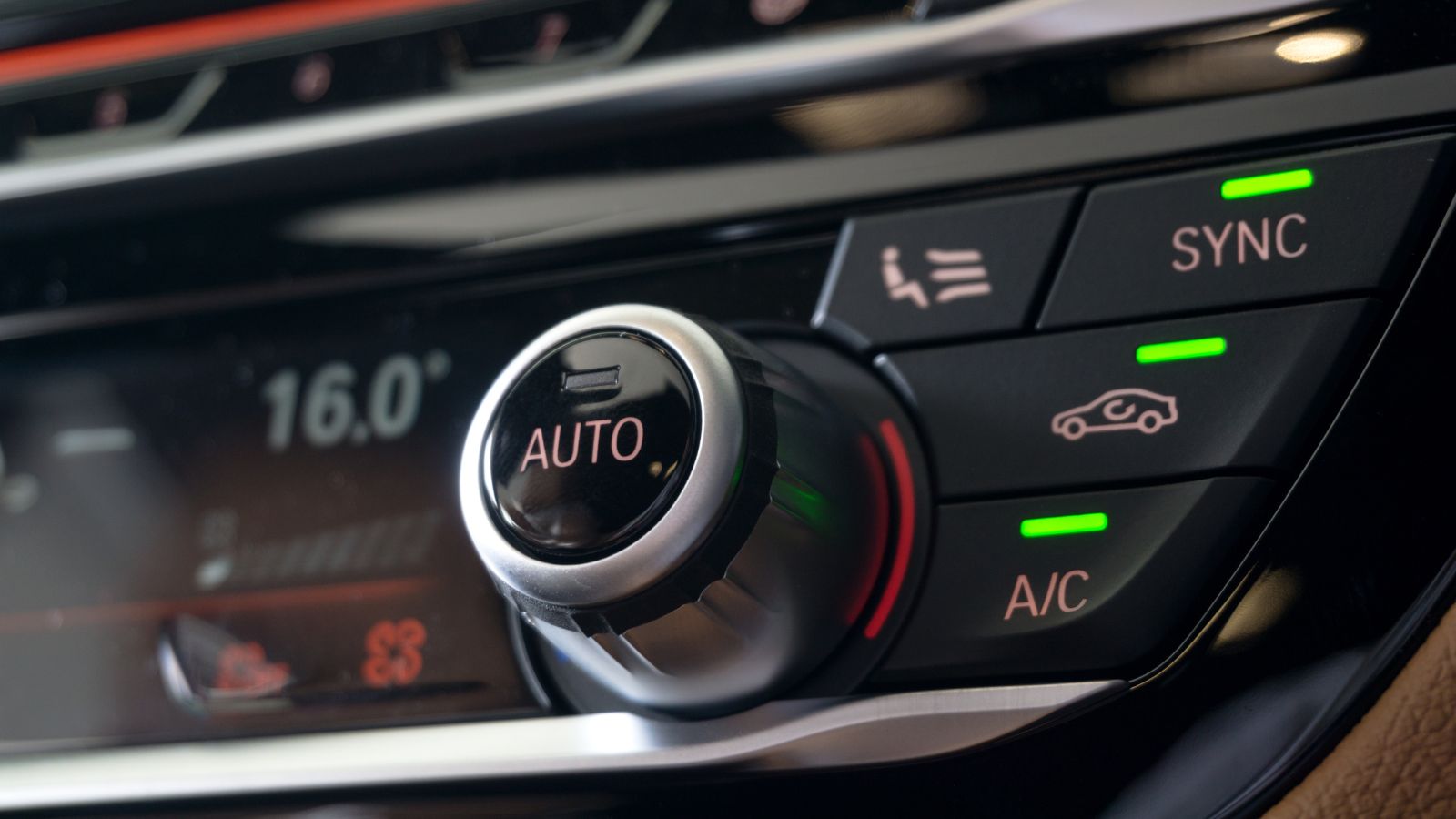
On a blazing hot day, the inside of a parked car can climb to over 140 degrees. At first, it helps to start with the fresh air setting so the system can flush that oven like air outside. Once the interior begins to cool, switching to recirculation lets the AC lock in the progress and work far more efficiently. Many modern cars even do this automatically, beginning with fresh air and then moving to recirculation once cabin sensors detect a cooler temperature. Drivers who master this two step approach find their cars cool down quicker and stay that way with less strain on the system.
Bad Weather Conditions
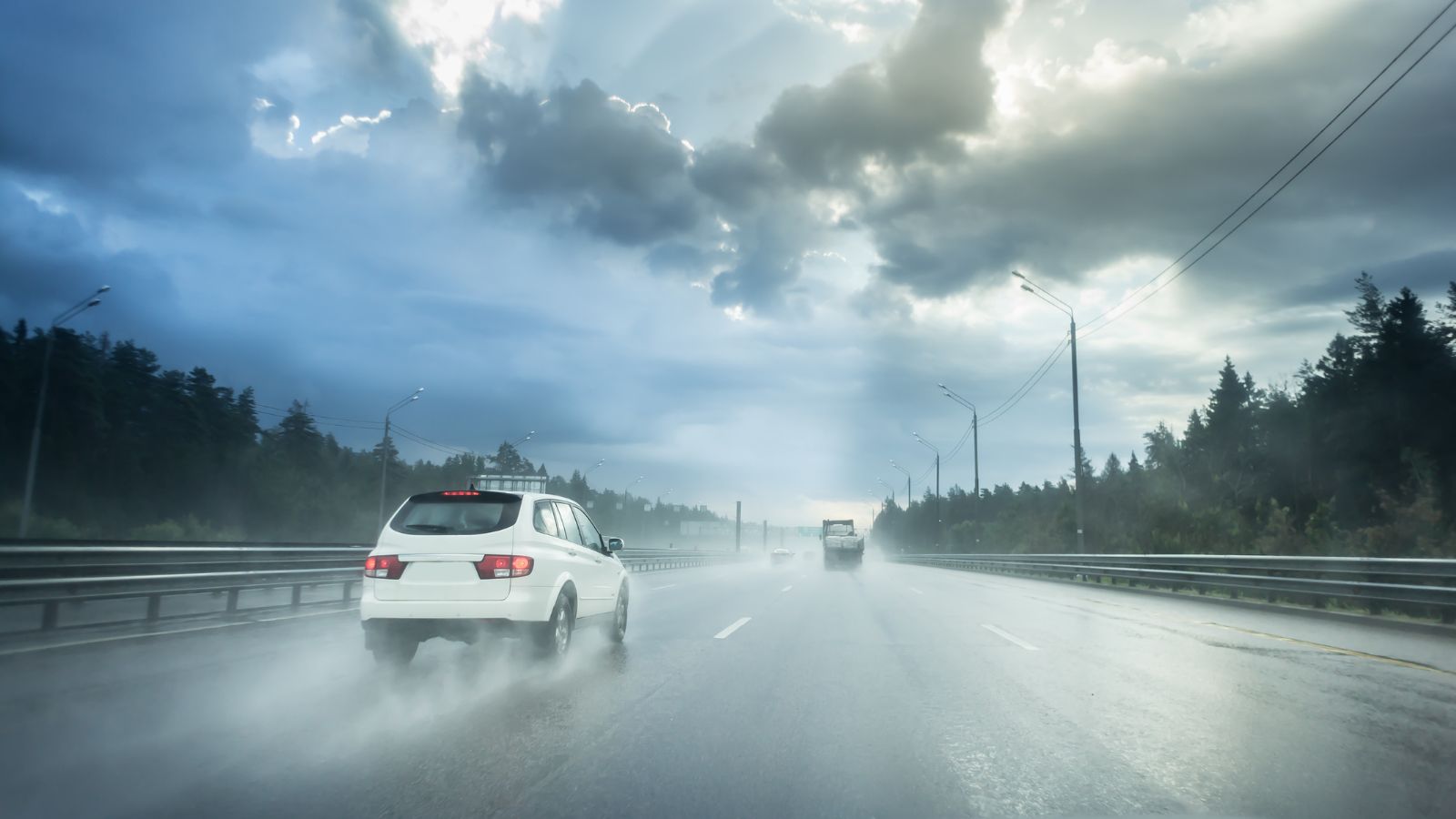
Rainy, dusty, or smoky conditions bring their own set of problems. Outside air can carry fine dust, heavy moisture, or even wildfire smoke into the vehicle. Setting your system to recirculation during these conditions dramatically reduces what enters, leaving the cabin cleaner and easier to breathe in. In regions where wildfires are common, this button is more than a convenience—it can act as a simple defense against smoke exposure, especially when combined with a good cabin air filter. Dusty backroads or sandy environments are another example where sealing the cabin helps protect both passengers and the HVAC system itself from unnecessary wear.
Protecting Allergy Sufferers
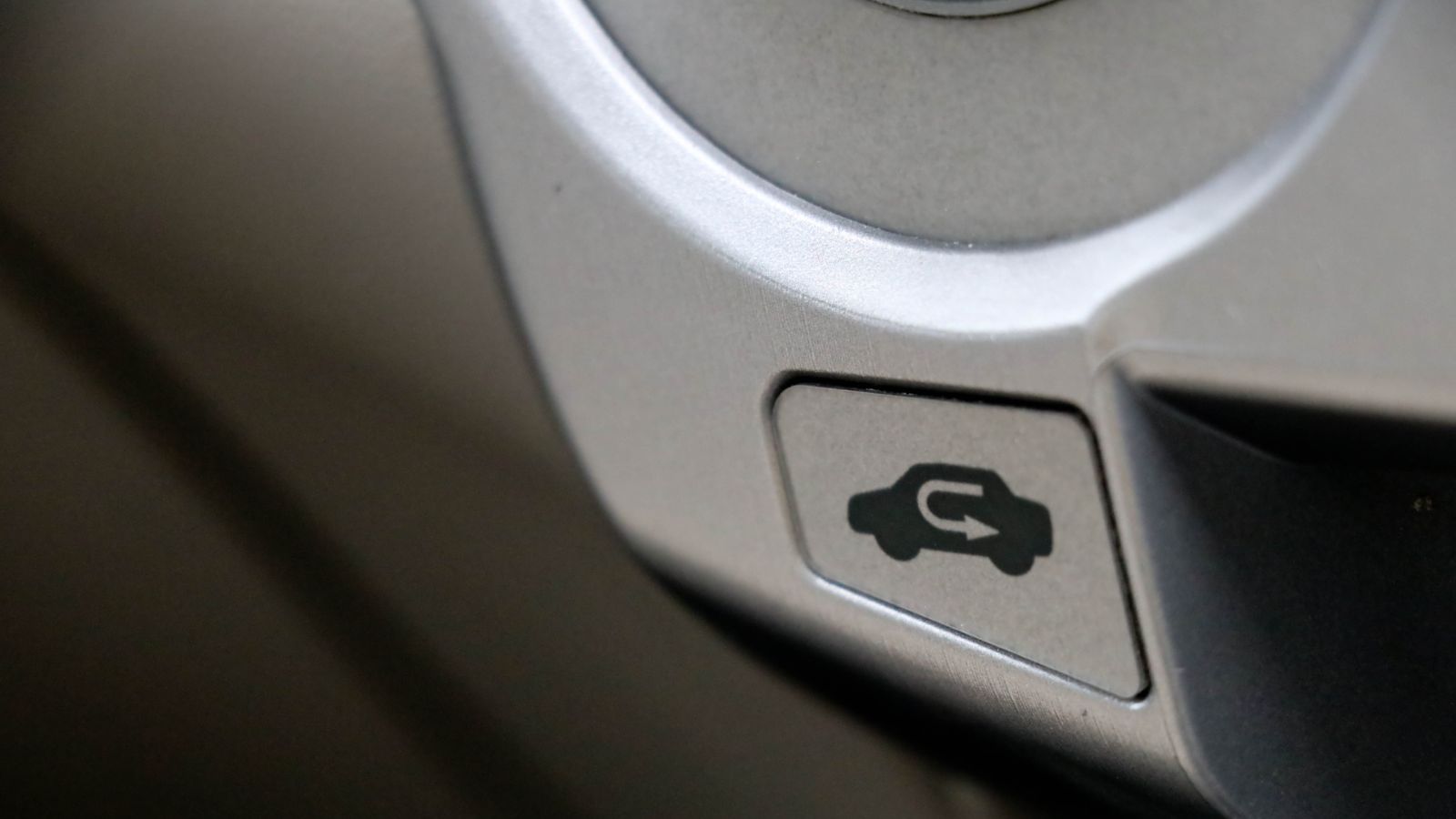
Seasonal allergies can turn a drive into a miserable experience. Pollen is small enough to enter most cars through the fresh air intake, and even with a cabin filter, significant amounts can make it through. Switching to recirculation during high pollen days minimizes the exposure, giving allergy sufferers relief while driving. Many newer cars even link the recirculation function with automatic pollen sensors that can detect high levels and activate the feature without the driver needing to press the button.
The Downside of Leaving It On
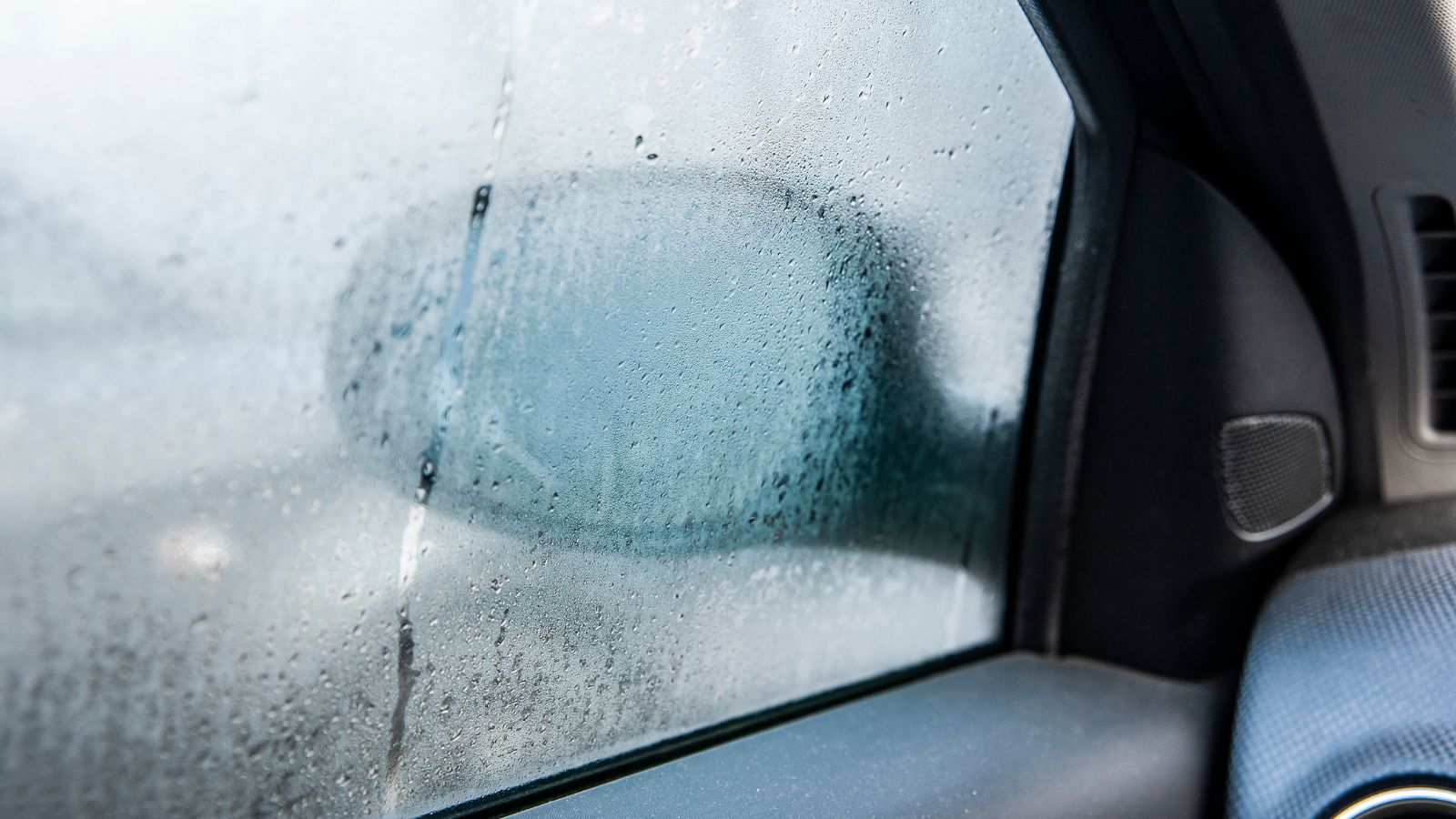
As useful as it is, recirculation isn’t a “set it and forget it” option. Using it continuously in damp or cool conditions often leads to foggy windows. That’s because moisture from your breath and clothing builds up in the sealed cabin without anywhere to escape. Once humidity climbs, condensation forms on the glass, cutting visibility. In those cases, switching back to fresh air, sometimes combined with defrost mode, clears the glass quickly by letting dry outside air into the system. Constant use of recirculation can also make the cabin air feel stale over time, which can be distracting and uncomfortable for longer drives.
Striking the Right Balance
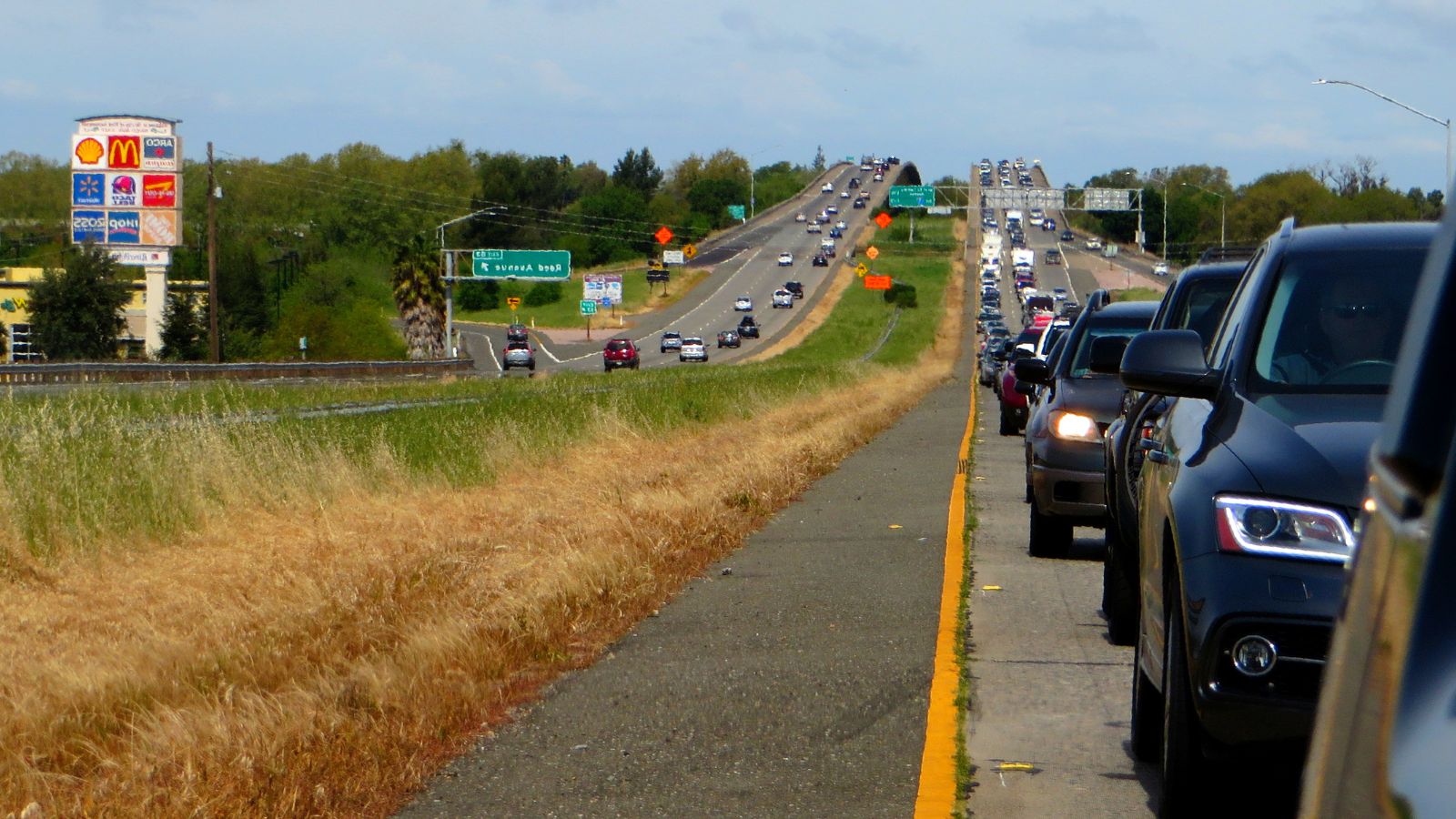
The key to using air recirculation properly is knowing when to swap modes. Think of it like a tool to deploy for certain scenarios rather than a permanent setting. When sitting in traffic, driving through tunnels, enduring extreme heat, battling smoky skies, or dealing with allergies, recirculation improves your driving environment and helps your climate system perform at its best. But for long highway drives, cooler weather, or when your windows begin to mist, switching back to fresh air restores balance and keeps everything clear. Using it wisely makes your car more comfortable, protects your health, and can even add to efficiency.
25 Facts About Car Loans That Most Drivers Don’t Realize

Car loans are one of the most common ways people fund car purchases. Like any other kind of loan, car loans can have certain features that can be regarded as an advantage or a disadvantage to the borrower. Understanding all essential facts about car loans and how they work to ensure that you get the best deal for your financial situation is essential. Here are 25 shocking facts about car loans that most drivers don’t realize:
25 Facts About Car Loans That Most Drivers Don’t Realize
